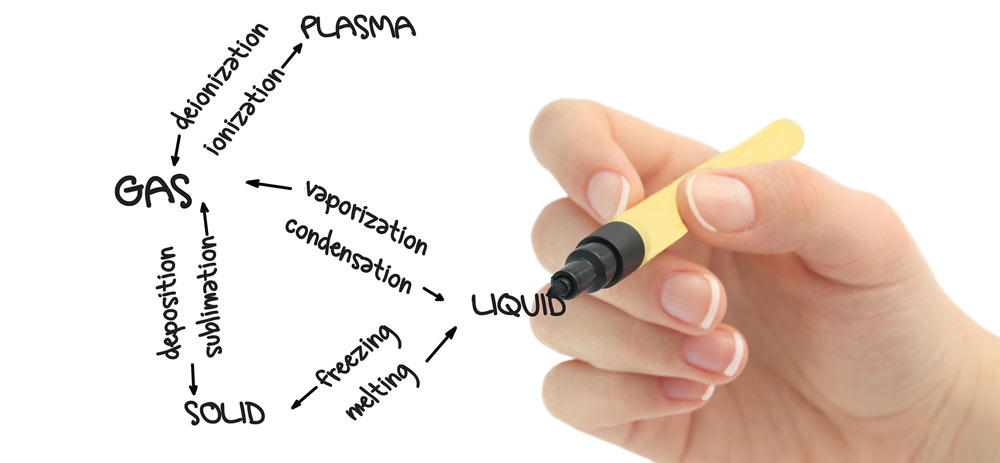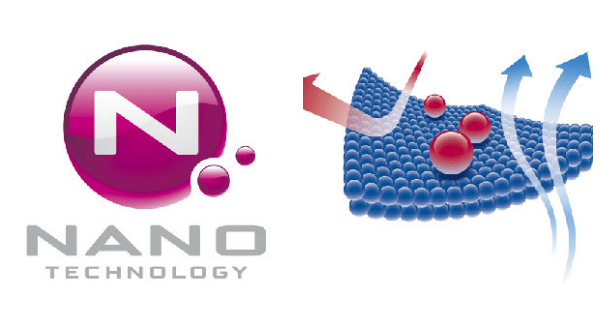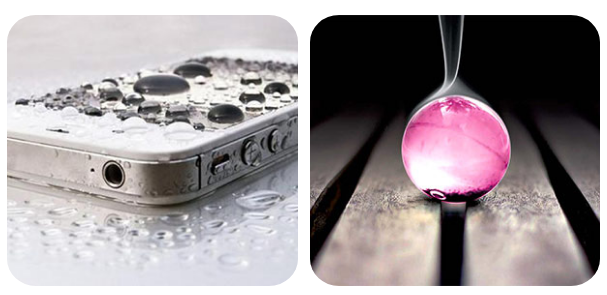Plasma refers to the forth condition of matter. Plasma is a partially or totally ionized gas, thus, that particular gas condition in which neutral molecules, positive ions and free electrons are all present at the same time. In this case, plasma means low energy content: higher or lower energy content defines a \”cold\” plasma compared to a \”hot\” one. In this \”status\” any gas, even the most inert, acquires an extraordinary reactivity and is able to modify the chemical-physical characteristics of a surface.

Cold plasma is used for pre-treatment and cleaning of a substrate at low pressure (vacuum). This condition allows reactions to take place in a temperature range of 20 to 30°C, while in conditions of atmospheric pressure these are possible only at temperatures of hundreds of degrees. In fact, despite the low temperature of the gas, the temperature of the electrons is very high (from 20 to 50.000 K) due to the length of the free run of the particles. This makes it possible to treat organic material (for example plastic material), which do not tolerate high thermic loads.
The plasma of a gas is distinguished by its strong reactivity in particular conditions of pressure and in the presence of very intense electric fields triggered for example by DC generators, RF, MF, MW.
The applied electric field must supply sufficient energy to the particles which permit a general ionization of the gas due to reciprocal collision. The gas flow dosage, the process pressure and the intensity of the electric field must balance the ionizing forces and the natural tendency of ionization decay.

The nature of a plasma varies according to the type of gas, or to the mixture of different gases, pressure of gas/gases, form of volume which confines the plasma itself and the type of electric field which supports and maintains the plasma.
The plasma of particular gases, among which oxygen is always present, allows oxidation to develop at a low temperature when it comes into contact with the surfaces to be treated, that is the formation of functional groups on the surfaces themselves which permit optimal conditions for total cleaning to be obtained. Plasma treatment is an ecologically clean and dry technology as it requires a low amount of consumption material, there are no solvents and does not require any disposal of by-products.
It is a treatment that allows the removal of surface material forming volatile products.
It can be used for the micro-cleaning of surfaces contaminated by organic compounds.

Changing the nature of the process gas and blending, makes it possible to achieve different surface characteristics.
- It removes organic contaminants or residue layers
- It improves surface tension, and therefore wettability of the surfaces, reducing the angle with regard to liquids at optimal values
- It sterilizes
- It cleans any surface (of any nature, geometry and dimension) and modifies its chemical and electrostatic characteristics.
All The plants designed and manufactured by Kolzer use plasma treatments in order to achieve surface chemical modifications prior to varnishing, gluing, bonding, coating and decoration.
派旗纳米官网:https://www.paiqinano.com
大量电子纳米防护涂层剂、配套喷镀设备、OEM代工服务等请关心“派旗纳米”微信公众号
纳米涂层剂理化性能详细参数直接点击:纳米电子防护涂层剂参数
技术咨询:赵先生:13048960888

该文章内容提高散播新技术应用新闻资讯,很有可能有转截/引入之状况,若有侵权行为请联络删掉。
上一篇: 特殊板:“化镍钯金”原来是这么回事
下一篇: 一文读更深理解阻隔膜的功能及性能特点
 派旗纳米·官方网站
派旗纳米·官方网站
